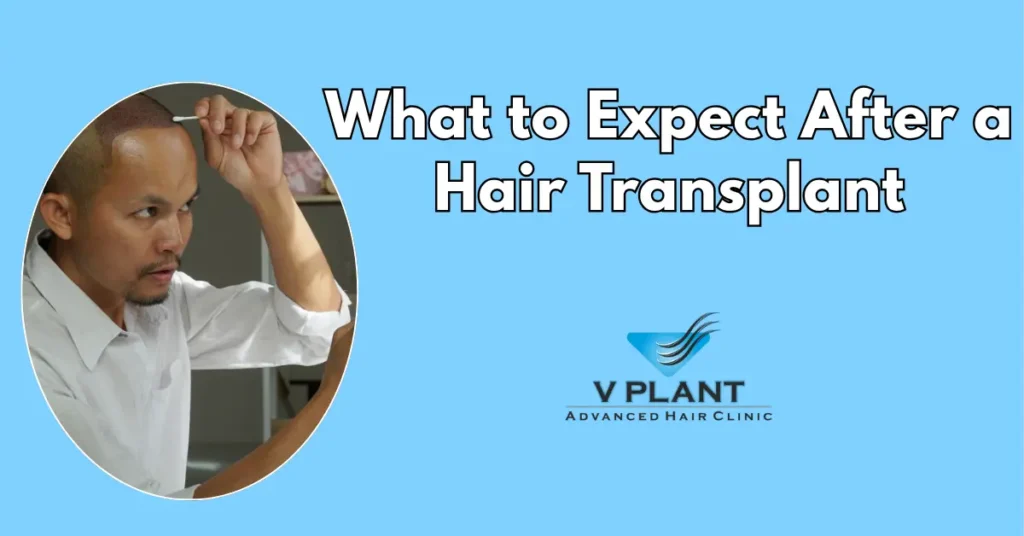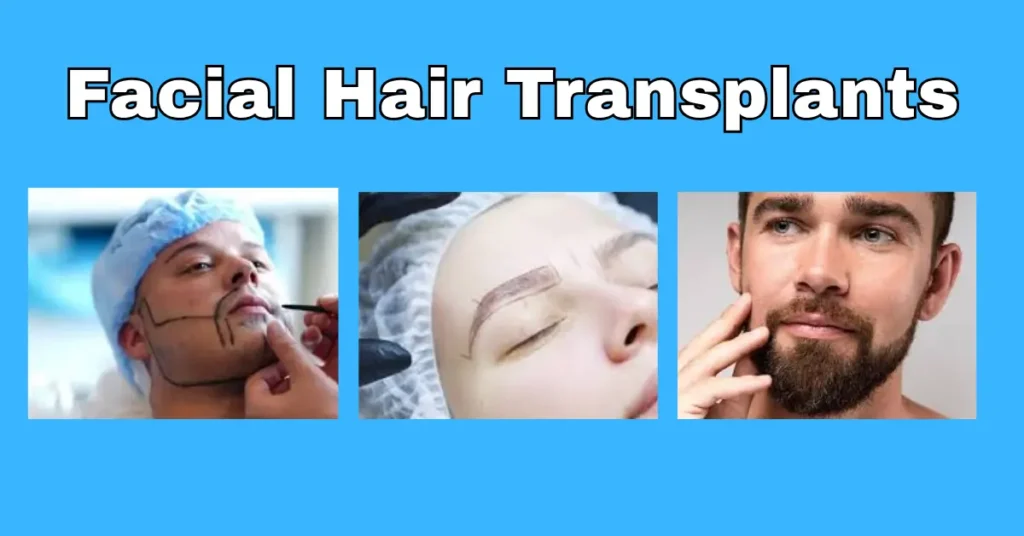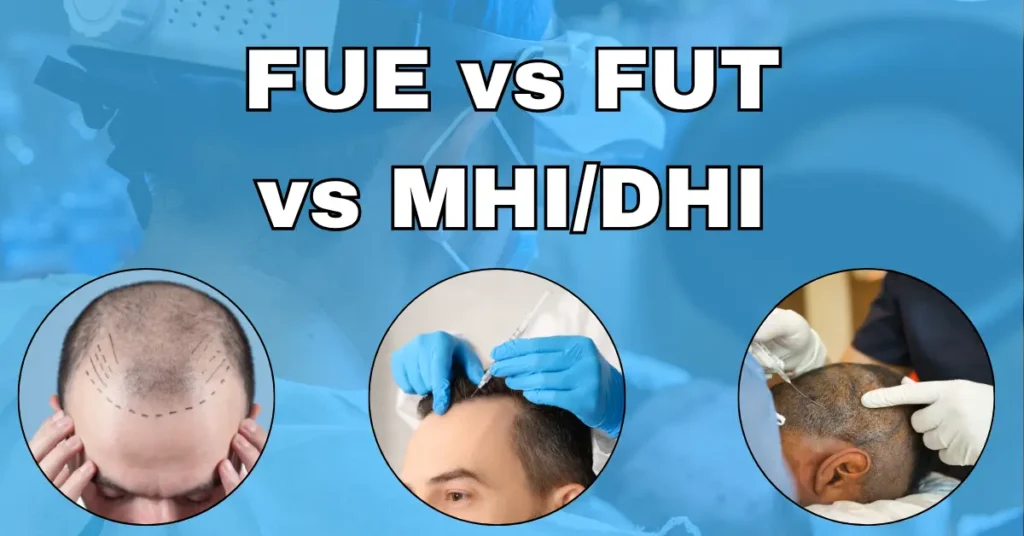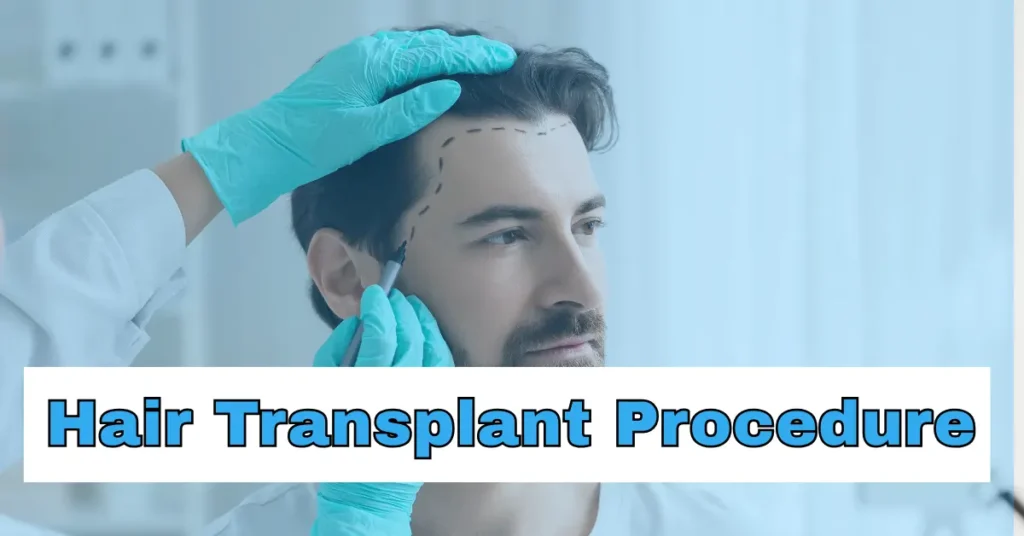Common Myths About Hair Transplants are widespread misconceptions that often confuse people considering hair restoration. Many believe hair transplants are painful, leave obvious scars, or only work for men—but these ideas are outdated. In reality, modern types of hair transplant procedures, including Follicular Unit Extraction (FUE), Follicular Unit Transplantation (FUT), and advanced MHI & DHI methods, make the hair transplant procedure minimally invasive, natural-looking, and effective for men and women experiencing different types of hair loss such as androgenetic alopecia. Understanding these myths is vital for anyone seeking a solution for hair loss, as it helps set realistic hair transplant expectations and eases concerns about the process. By debunking false beliefs, individuals can make informed decisions about their hair health and explore options that encourage hair regrowth safely. Whether dealing with thinning hair or bald spots, knowing the truth empowers you to choose the right treatment for hair loss and regain confidence with natural, lasting results.
Hair loss affects millions worldwide. Thanks to medical advancements, hair restoration through hair transplant surgeries offers a reliable way to regain hair and confidence. Yet, myths about transplanted hair, donor areas, and hair follicle survival can prevent people from exploring these effective treatments. Understanding facts versus myths is key before committing to a hair transplant experience. This article debunks the most common misconceptions and provides clear insights into modern hair transplant techniques.
Myth 1: Hair Transplants Are Painful
A common misconception is that hair transplants are extremely painful. While many fear invasive surgery, hair transplant surgeons use local anesthesia to numb the scalp, ensuring minimal discomfort. Patients may feel slight pressure or mild tugging, but severe pain is rare. Post-procedure soreness or mild swelling is normal and easily managed with medications.
Modern types of hair transplant techniques, such as FUE, FUT, MHI, and DHI, are designed to minimize discomfort. Many patients report the process is far easier than expected, with most resuming daily activities shortly after the hair transplant procedure.
Myth 2: Hair Transplants Look Unnatural
Early techniques sometimes produced unnatural results because hair grafts were placed improperly. Today, advanced hair transplant surgeries focus on precision and aesthetics.
A skilled hair transplant surgeon analyzes hair density, hairline design, recipient area, and donor site to create seamless results. Correctly executed, transplanted hair blends naturally with existing hair, resulting in new hair growth that is indistinguishable from original hair.
Myth 3: Hair Transplants Are Only for Men
Although male pattern baldness is a common reason for hair restoration, hair transplants are effective for women too. Hair thinning due to hormonal changes, genetics, or medical conditions can be addressed with modern types of hair transplant procedures.
Techniques like FUE, FUT, MHI, and DHI methods can be adapted to meet women’s needs, offering natural results. Transplant surgeons emphasize both hair density and aesthetic appeal for all patients.
Myth 4: Hair Transplants Are a One-Time Permanent Solution
Many believe a single hair transplant procedure ends all hair loss. While hair restoration offers long-term results, it cannot stop future hair thinning in untreated areas. Hair loss may continue due to genetics, medical conditions, or hormonal changes, which could require additional treatment for hair loss.
Combining hair transplant surgeries with hair regrowth treatments like minoxidil or finasteride can maintain the health of transplanted hair and existing hair. Setting realistic hair transplant expectations is key to long-term satisfaction.
Myth 5: Hair Transplants Leave a Large Scar
Scarring concerns deter many patients. The procedure type influences scar visibility. FUT removes a strip from the donor area, potentially leaving a linear scar, though it’s usually hidden by surrounding hair.
FUE hair transplantations, MHI, and DHI methods extract individual hair follicles, leaving tiny, nearly invisible marks that heal quickly. With proper care and skilled transplant surgeons, scarring is rarely an issue.
Myth 6: Hair Transplants Are Only for the Young
Hair transplants benefit individuals of various ages. Success depends on type of hair loss, scalp health, and donor site availability. Older patients often seek treatment to restore thinning hair and confidence.
A thorough consultation with a hair transplant surgeon ensures the best timing and method. Age matters less than overall health, hair density, and realistic hair transplant expectations.
Myth 7: Transplanted Hair Falls Out Immediately
Transplanted hair may shed initially, a normal stage called “shock loss.” The hair follicles remain intact and produce new hair growth over months. Patients usually see results within 3–4 months, improving steadily over a year.
Understanding this process prevents unnecessary worry and highlights the natural progression of hair regrowth.
Myth 8: Hair Transplants Are Extremely Expensive
Cost concerns are common, but hair transplant procedures are a long-term investment. Prices vary based on the number of hair grafts, technique, and surgeon expertise.
Compared to temporary solutions or ongoing hair loss products, procedures like FUE, FUT, MHI, and DHI can be cost-effective, offering permanent hair restoration. Financing options further improve accessibility.
Myth 9: Hair Transplants Are Risky or Unsafe
Performed by certified hair transplant surgeons, hair transplant surgeries are generally safe. Complications are rare and minor, such as swelling or temporary numbness in the donor site.
Advanced types of hair transplant techniques and decades of clinical experience ensure safety and successful hair regrowth.
Myth 10: You Can Do a Hair Transplant Anywhere Without Consultation
Successful hair transplant experience requires personalized planning. A proper consultation evaluates type of hair loss, hair density, scalp elasticity, and donor area.
A qualified surgeon determines the best types of hair transplant procedures, number of hair grafts, and sets realistic hair transplant expectations, ensuring satisfying results.
Myth 11: Hair Transplants Are Only About Hair Quantity
Modern hair restoration focuses on natural density and hairline design, not just quantity. Transplant surgeons consider hair direction, thickness, and curl to ensure transplanted hair blends seamlessly.
Those seeking a solution for hair loss should prioritize clinics that emphasize aesthetics and natural results, not just covering bald spots.
Conclusion
Hair transplants are an effective solution to hair loss, offering hair regrowth, confidence, and lasting results. Myths about pain, scars, gender, or age often discourage patients. Understanding the truth helps make informed decisions about hair transplant surgeries, donor site management, and new hair growth.
Advanced types of hair transplant techniques, including FUE, FUT, MHI, and DHI methods, allow natural, long-term results with minimal downtime. Consulting a skilled hair transplant surgeon ensures a personalized plan tailored to your type of hair loss, providing both aesthetic and functional benefits. Hair transplants are not just cosmetic—they are an investment in confidence and self-esteem.

















